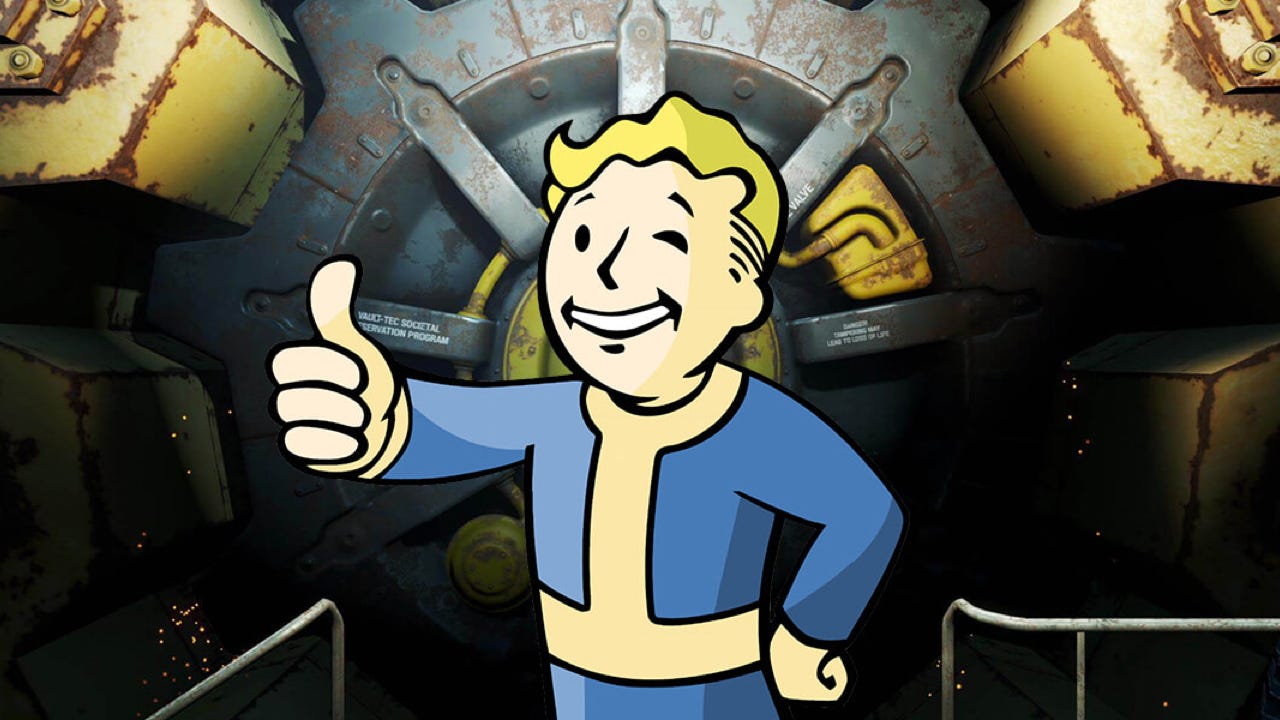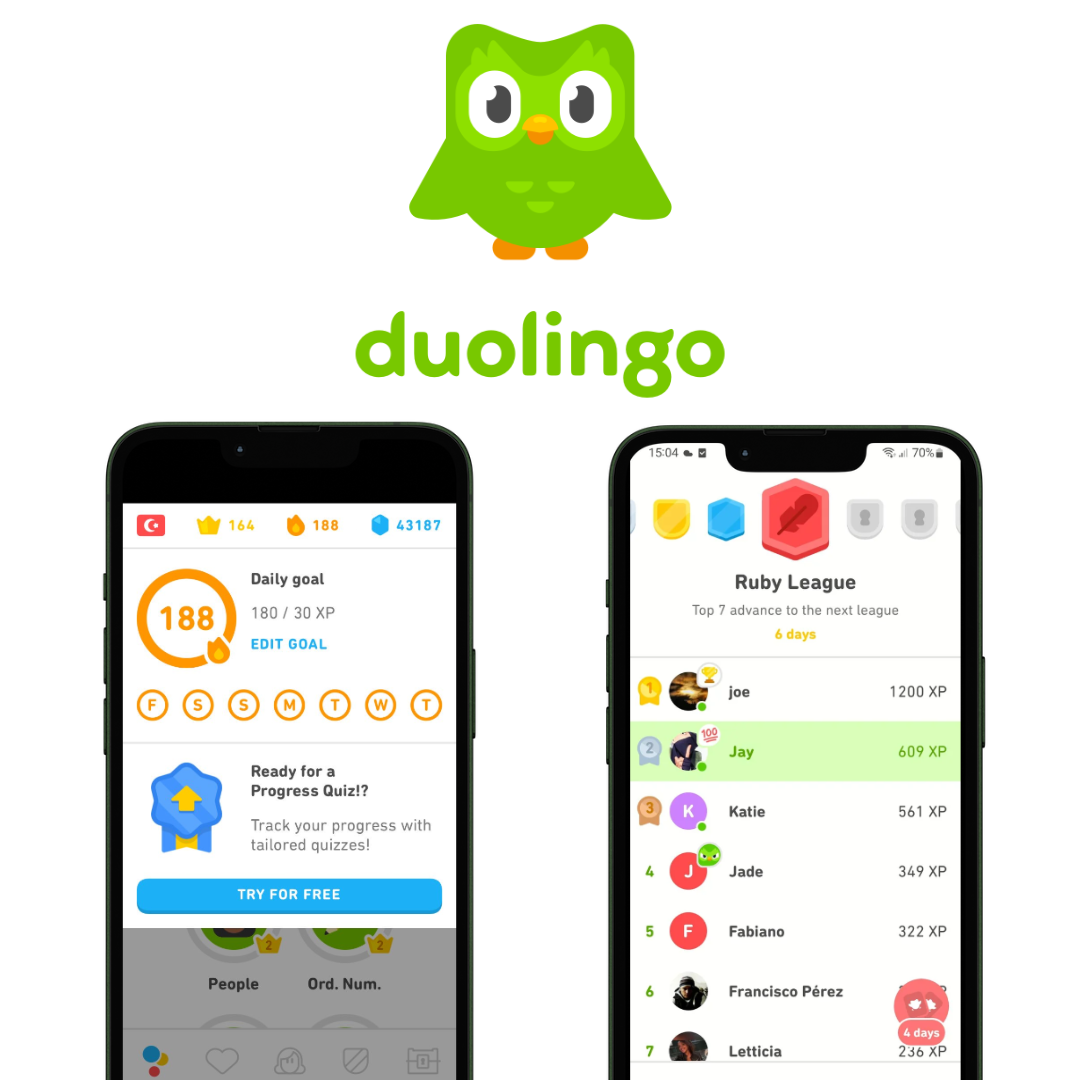Dungeons to Duolingo: Creating a billion $ industry
XP is a concept that was created by a table of treasure hunters in 1974, and helped turn the gaming industry into the multi-billion dollar Goliath it is today...
The gaming industry is worth over $170 billion, that’s more than the film and music industries… combined. It’s jam-packed full of proven engagement strategies and interesting examples of creating a micro-economy. There is a lot of value to be taken away and it was definitely a big source of inspiration when designing our gamification framework.
A lot of the industry’s success comes down to one simple mechanic. The thing that causes players to say that oh so famous phrase, ‘just 5 more minutes’ as they proceed to spend another hour or so transported into another world.
What the hell is this mechanic I’m talking about? It’s something called experience points or XP (if you’re in the know😉).
When I say XP you probably fall into one of two camps. Either you know exactly what I’m talking about, or you don’t have a clue. If you’re in the second camp, don’t worry, it’s pretty simple. Essentially XP is just a way to attach a sense of progression to actions. Actions get you XP. These actions could be anything, big or small, regular or rare, some examples (in a gaming sense) might be: discovering a new location, killing a bad guy or completing a race.
Now XP alone is good for giving the player a sense of progress, but that’s about it. The interesting part comes when you couple XP with levels and rewards, then it keeps the player immersed using an achievement loop. Picture this, you’re playing your favourite racing game and you’re only 100 XP away from hitting level 4, it’ll only take 2 more races, 10 more minutes, so why not? Then you reach level 4 and you’re rewarded with a Ford Mustang, it’s a big step up from the Ford Fiesta you were driving before, so you HAVE to give it a go. 3 races later and you’re 40 XP away from level 5. 1 more race, why not?
This is a loop gamers (me included) are all too familiar with, and it’s one of many, many different ways game designers use XP to get players to keep playing.
The XP origin story
This concept of XP didn’t actually start with video games at all, it was introduced in 1974 as part of the tabletop role-playing game Dungeons & Dragons, allowing the players to level up and become more powerful as they collected more XP. And who doesn’t want to become a super powerful gnome bard? 👀
The idea actually took inspiration from the military, and from their concept of ranks, earning experience over time and then promotion to higher ranks based on achievements. The creator of D&D was a big fan of war games, one thing led to another then in the first version of D&D XP was born.
In this version of the game, XP was only rewarded for finding treasure and fighting monsters, the more powerful the monster, the more XP was awarded. Later on the whole system got more complicated and intricate, but to this day the core fundamentals remain the same.
XP really started to come into it’s own with video games like Ultima III: Exodus (1983) and Dragon Quest (1986) and since then the world of gaming has never really looked back…
Simple concept, varied implementation
On its surface XP is super simple. But this simplicity gives game designers a foundation on which they can easily create complex and unique ways of using it.
Often this can be a way of driving the tone of the game and encouraging the players to behave in a certain way organically. This is a technique that can be used outside of the gaming world too, but more on that later on…
I could write a whole book on interesting ways XP has been used in games, but since I don’t want to nerd out on you too much, here are a few of my favourites:
World of Warcraft wanted players to play regularly, but they also encouraged players to take regular breaks from the game. How? Using XP. Based on the amount of time a player was away from the game- hours, days or even weeks- they would achieve a ‘rested bonus’. This would mean that when they logged back on, for a certain amount of time they would have double XP and progress quicker.
Gamers are competitive. That’s great for head-to-head gaming, but when you are playing co-op with a friend it can end up in squabbling as you both fight to get the XP from a kill and level up first. That turns teamwork into unnecessary competition. Borderlands saw this problem and created shared XP in co-op mode. For every kill either player made, both players got XP, although the one who actually got the kill got slightly more. Friends again?
Fallout (a game I’ve spent far too many hours playing) used XP to open up multiple playstyles for the player. XP could be earned through combat, but also through dialogue and moral choices, giving the freedom for players to get straight to the killing (me…), be diplomatic or take the evil route. This, alongside Fallout’s measure of ‘karma’ introduces a sense of moral responsinility to the virtual post-apocalyptic world.
More than a game mechanic…
XP may be something that is almost always associated with games, but the psychology and design principles behind it can be taken and applied to almost any industry. This is one of the fundamental driving concepts behind the classic buzzword ‘gamification’.
Take Duolingo, they now have a $5 billion market cap, and how did they get there? By applying gamification principles to the process of learning foreign languages.
The important thing to note here is that Duolingo didn’t just shove in XP and call it a day, they took time to really understand the psychology behind what was going on, why the user behaves in a certain way, and how that can be coupled with the best way to learn a language. Over time they honed this skill and today they have crafted a set of mechanics that make over 10 million learners jump on their app every single day. Pretty cool, right?
One of the driving features behind Duolingo’s success is their streaks, if you turn up every day and get a certain amount of XP then your ‘daily goal’ count increases by 1. It might sound simple, but this is very serious business. So much so that Duolingo literally views a user losing a streak as them losing a customer.
If you’ve been learning for 425 days in a row the force required to stop is strong, that big number took time to earn, and you’re proud of it. But if you miss a day and lose that huge streak, starting again from 0 can send many users into a learning procrastination spiral (I’ve just finished university so I know all about those…).
It’s a sense of urgency and real significance that they have really driven home with their frequent and sometimes passive-aggressive notifications!
Let’s talk about sport. Strava are worth a whopping $1.5 billion and Fitbit were acquired for $2.1 billion. Both companies gamified exercise.
I actually remember when I was younger and Fitbit was at their peak, me and my dad would be walking round the house and up and down the stairs at 11pm trying to beat each other on the step count for the day. That’s not normal behaviour, but that’s the interesting thing about these gaming principles, they can make users behave in a certain, and often counter intuitive way. And the crazy thing, the users feel good while doing it!
If used in the right way for something productive like learning a language, or staying consistent with exercise, gamification can be a very positive influence on the world. If used for tricking people into over-gambling (even if this is disguised behind a loot box) and other nefarious and exploitative deeds it can be a highly destructive and hidden force. But that’s the power of gamification…
Thanks for reading and see you next time! 👋
Congratulations, you’ve achieved OPENFORMAT level 2… to earn more XP sign up to our Substack and check out our Github. You’ll be level 3 in no time. 😉








